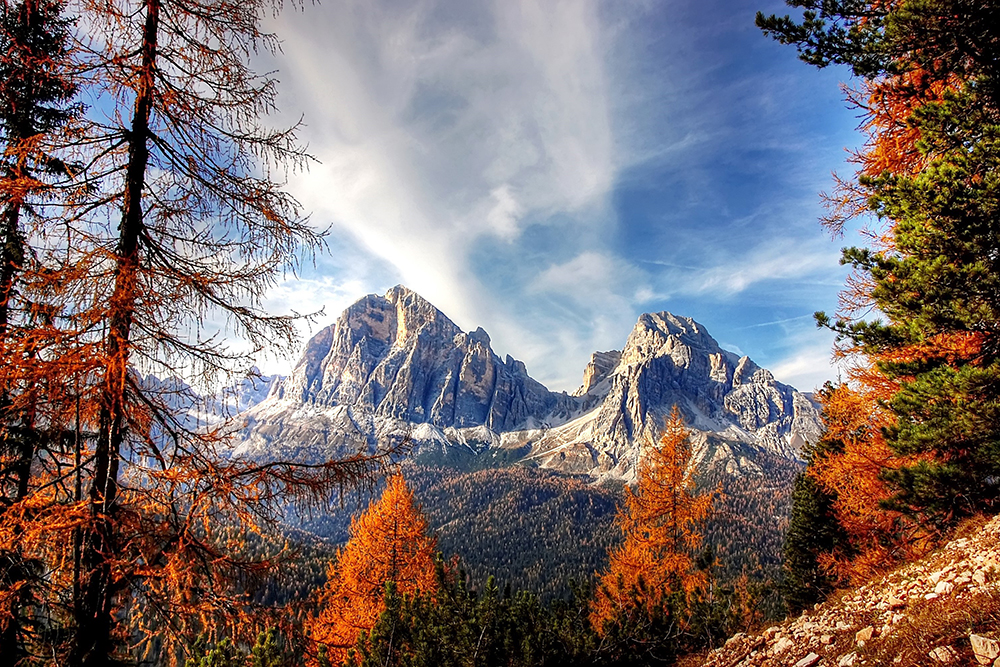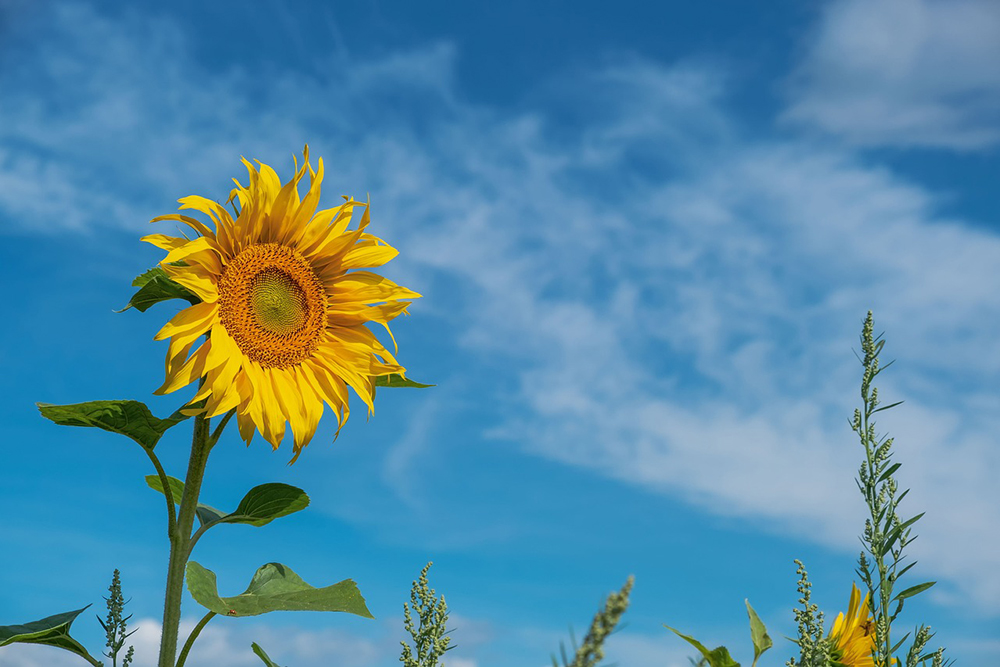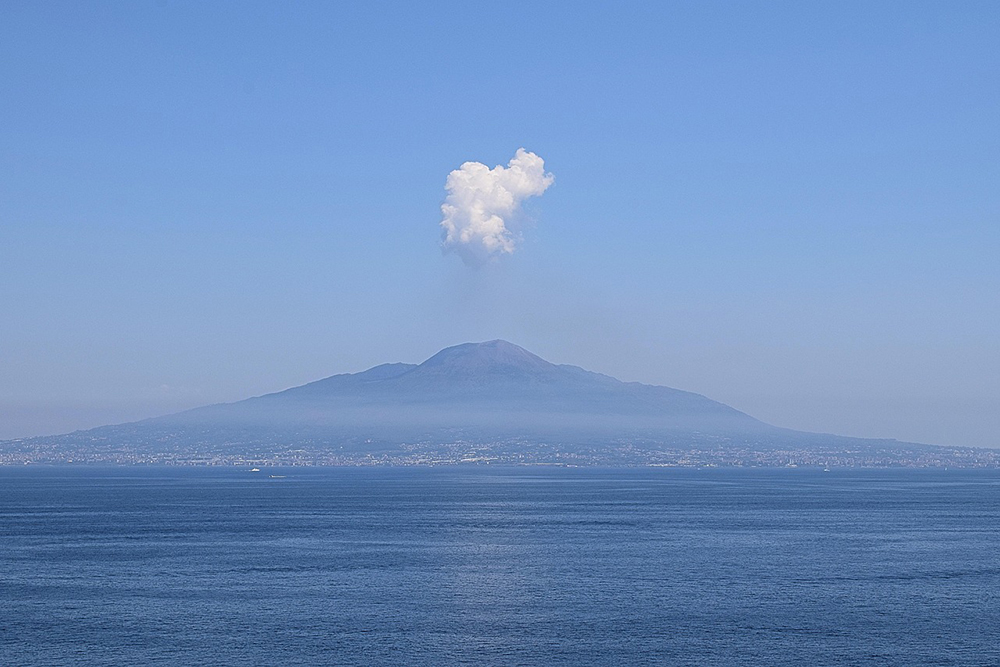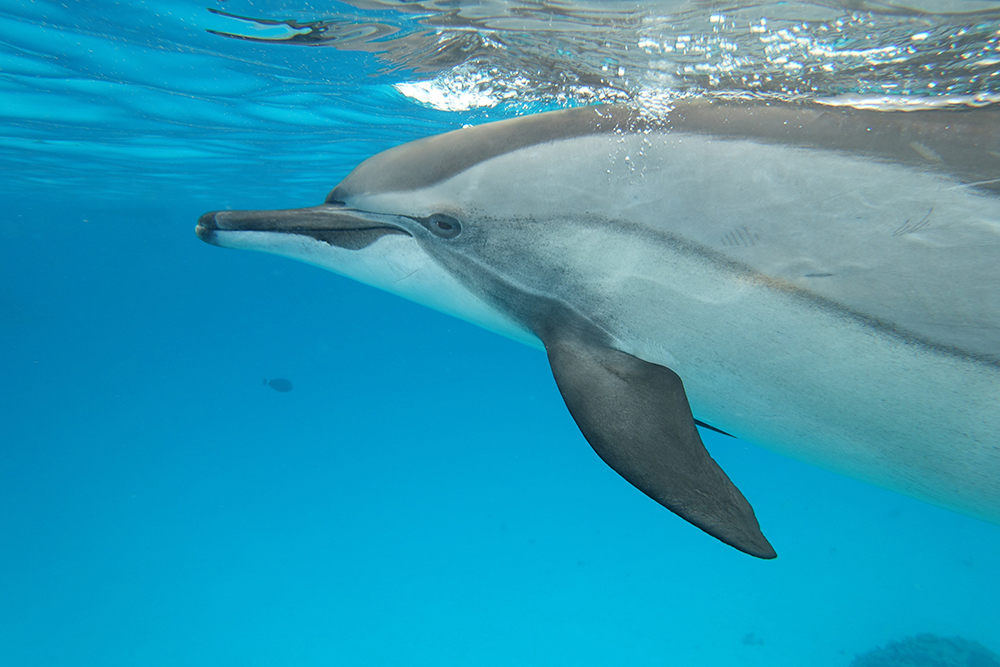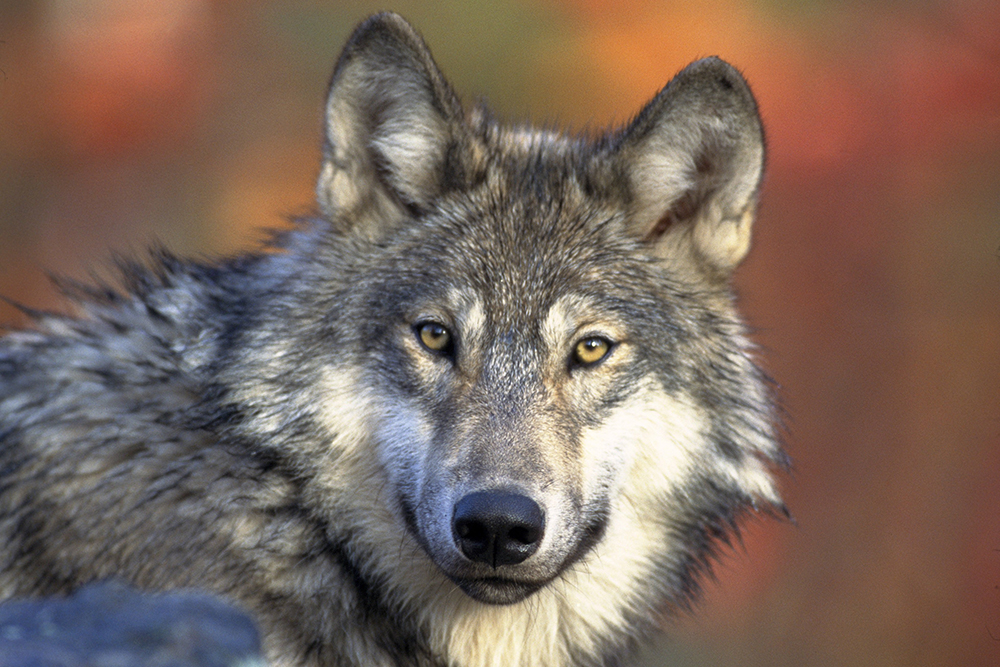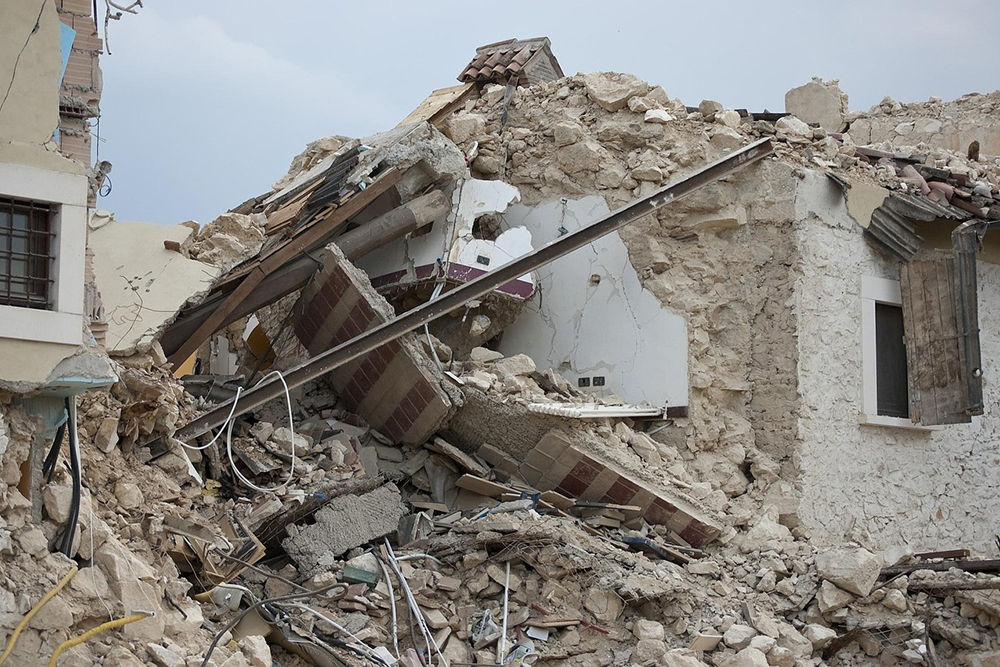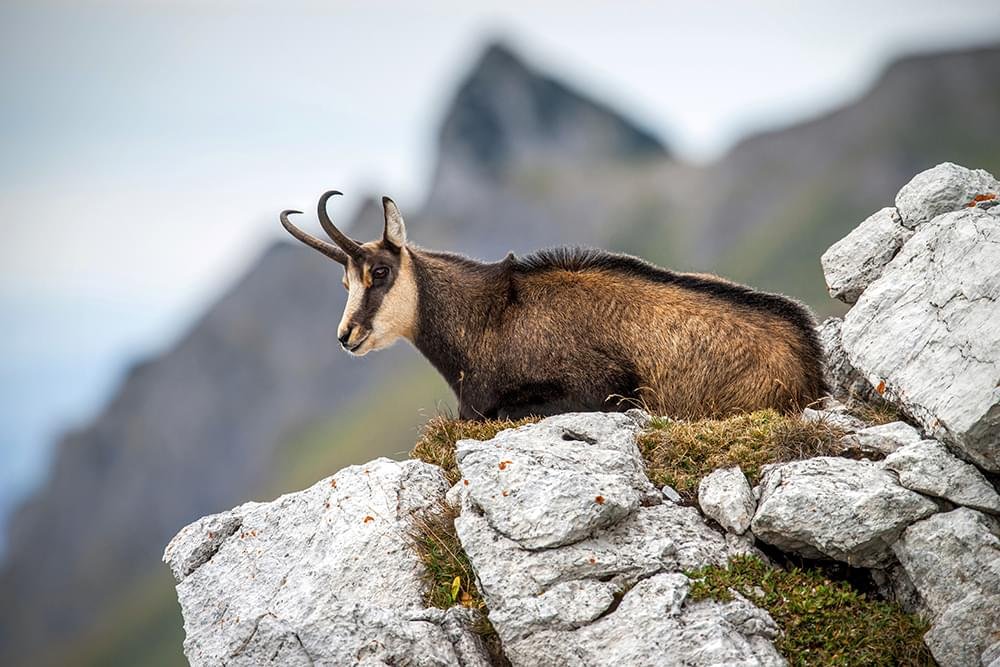
Chamois
The Italian Chamois (Rupicapra rupicapra) is a distinctive species of goat-antelope native primarily to the mountainous regions of Italy, especially the Italian Alps. This resilient animal has adapted to some of Europe's most rugged environments, thriving where few large mammals dare to venture. In this extensive exploration, we will delve into the habitat, behavior, ecological significance, and the pressing conservation issues facing the Italian Chamois.
The Habitat of the Italian Chamois
The Italian Chamois is a master of mountainous terrain, residing at elevations ranging from 800 to over 3,600 meters. This altitude range offers a mix of subalpine and alpine meadows, steep, rocky cliffs, and sparse forests, which provide the Chamois with the cover and forage they need to survive. The dramatic changes in altitude and the rugged landscape play a crucial role in the daily and seasonal movements of these animals.
During the warmer months, Chamois ascend to the highest elevations to exploit the rich bounty of alpine vegetation. As winter approaches and snow blankets the high peaks, they migrate to lower elevations seeking shelter and accessible food sources in the forested areas. This seasonal migration is vital for their survival, allowing them to exploit different ecological niches and minimize the energy spent on foraging during the harsh winter months.
Behavioral Adaptations
The Italian Chamois is diurnal, with most activity occurring in the early morning and late afternoon. Their day is divided between feeding periods and resting periods, with the latter often taking place in places that offer protection from predators and harsh weather conditions. Social structure is another intriguing aspect of their behavior. Outside of the mating season, Chamois typically form gender-segregated groups. Females, juveniles, and young males often form nursery herds, while older males tend to be more solitary or form smaller, bachelor groups.
Mating season, occurring in late fall, brings dramatic changes to this social structure. Males become more aggressive and actively seek out females, often engaging in spectacular displays of dominance such as horn clashing. These behaviors are not only a spectacle but are crucial for the health and genetic diversity of populations, ensuring that only the strongest males reproduce.
Ecological Significance
The Italian Chamois plays a significant role in its ecosystem. As herbivores, they help in the dispersal of seeds and maintaining the balance of vegetative species by preferentially feeding on certain plants. This feeding behavior can help control the growth of some invasive plant species, promoting a diverse and healthy ecosystem.
Moreover, Chamois are prey for several apex predators in the Alps, including wolves and lynxes. Their presence in the food chain helps maintain the population dynamics of these predators and contributes to the overall biodiversity of the region.
Conservation Challenges
Despite their adaptability, Italian Chamois face several conservation challenges. Habitat loss and fragmentation due to human activities such as logging, farming, and urban expansion are significant threats. The construction of ski resorts and other recreational facilities in the Alps also disrupts their natural habitat.
Climate change poses a profound threat by altering the habitats available to Chamois. As temperatures rise, the alpine zones suitable for Chamois shrink, pushing these animals into smaller, isolated patches of suitable habitat, which can lead to inbreeding and decreased genetic diversity.
Conservation Efforts
Conservation efforts for the Italian Chamois are multifaceted. Protected areas and national parks in the Italian Alps play a crucial role in providing refuge and preserving large contiguous areas of suitable habitat. Wildlife corridors are also being established to connect isolated Chamois populations, facilitating gene flow and enhancing population viability.
In addition to legal protection from hunting and habitat destruction, there is a growing emphasis on community-based conservation programs. These programs engage local communities in conservation efforts, promoting sustainable practices that benefit both the Chamois and the local economy.
Conclusion
The Italian Chamois is not just an icon of the Italian Alps; it is a symbol of wildlife resilience and adaptability. However, this resilience is continually tested by the changing environmental conditions and human pressures. Through continued research, conservation action, and community engagement, we can hope to secure a future for the Italian Chamois. The story of the Chamois is a reminder of the interconnectedness of all life and the responsibility we share in preserving our world's natural heritage.


